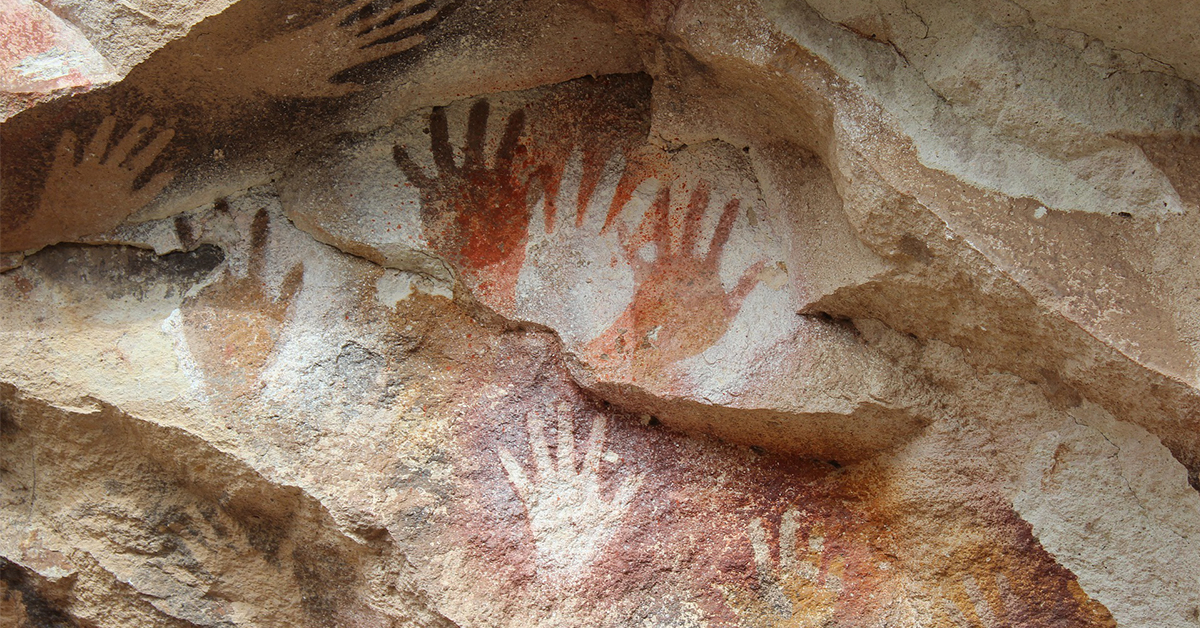Archives
Not all languages in the world use exact numbers. The Amazonian cultures Munduruku and Piranhã, for example, are anumeric, that is to say, instead of using words to express exact quantities, they use only general terms to indicate the ideas of ‘a few’ or ‘something’. The basic numbers in many languages are usually 5, 10 and 20, and it does not seem to be a coincidence that this fits with the number of the fingers of one hand, of both, or of the hands and feet.
Most Proto-Indo-European languages use a number system based on 10, called a decimal, such as Spanish. Basque, however, uses a bigesimal system, which has 20 as its base: hogei (20), berrogei (40, twice 20), hirurogei (60, three times 20)… This characteristic is shared, in addition to the French, which uses a mixed system between decimal and vigesimal, with Mayan and Uto-Aztecan languages. It seems that the Celts and Vikings also used a bigesimal system.



